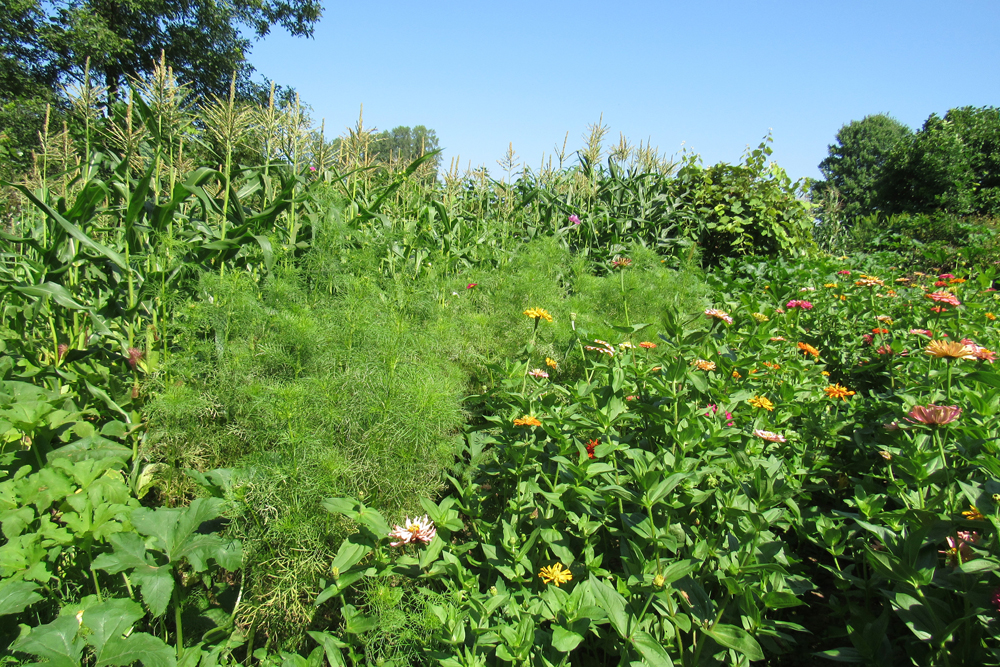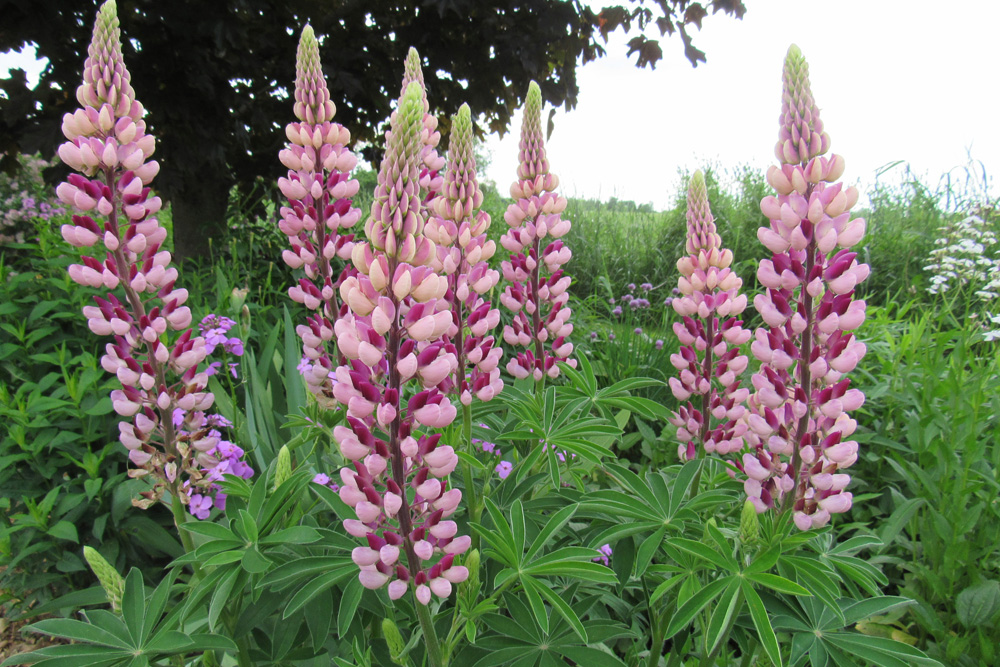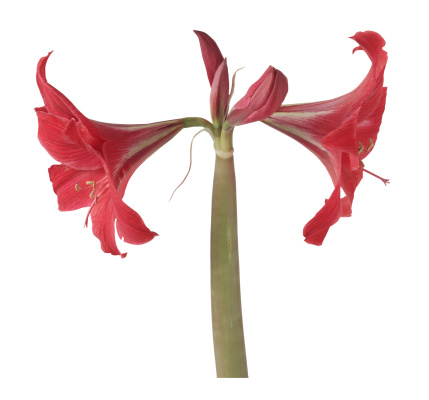Easy care and prolific color make perennials important in the garden
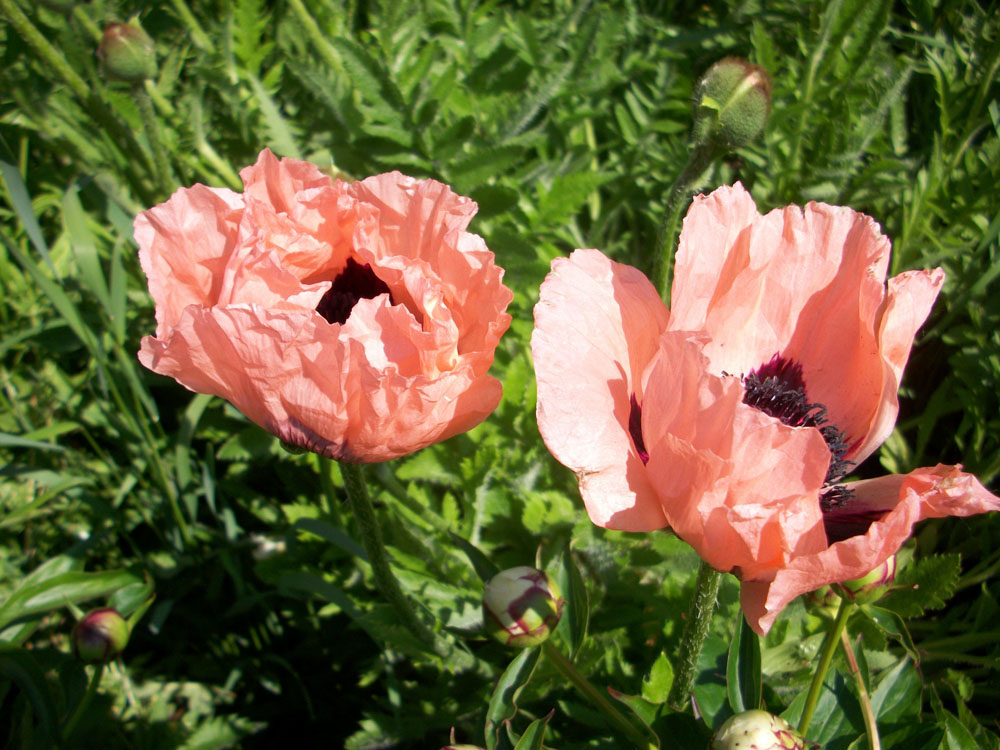
I think that of all the different kinds of plants I grow – annuals, vines, vegetables, fruit, shrubs, and trees – it’s perennials that provide me with the most enjoyment. The varieties planted in various borders and beds around my yard are easy-care and provide color and interest for most, if not all, of the year.
Some, like forget-me-nots and rock cress, bloom early in the season, while others like sedum and anemone, wait until early fall to put on a show. I love to watch them come back each spring and see them grow and develop at different rates throughout the season until each blooms at its own special time.
June sees the first real flush of perennial blooms: iris, poppy, peony, Lady’s mantle, and daisies. July brings lilies and cone flowers and all turns golden in August with rudbeckia, brown-eyed Susan and native goldenrod.
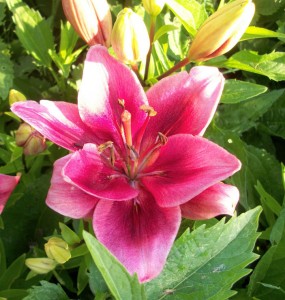
vase.
I also love daylilies, hostas, astilbe, foxglove, delphinium, yarrow and on and on.
The Perennial Plant Association designates June as “Perennial Gardening Month” and this is certainly a great time of year to celebrate the versatile and beautiful plants – perhaps by adding a new variety or two to your borders and beds.
The Perennial Plant Association also picks a “Perennial Plant of the Year” to showcase standout perennials. The 2014 selection is Panicum virgatum “Northwind,” a switchgrass which is hardy in zones 4-10. The leaves are steel-blue and the plants grow to about five feet tall. The grass is topped in late summer by finely-textured yellow flower panicles, and in the fall, the leaves turn golden.
Flowering shrubs have been the darlings of the gardening world lately and I’ve been planting lots of them, but not at the expense of overlooking perennials which provide permanent structure, expand yearly, provide new plants when divided, and even help suppress weeds as they fill out borders and beds. Their deep roots also help hold the soil in place as well as its nutrients.
According to Cornell University, perennials create dynamic change with each season in the garden and can live for decades. With thoughtful planting, you can always have something in bloom from spring through the fall.
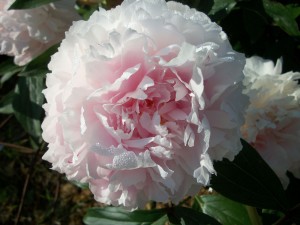
There are perennials that thrive both in sun and shade, but good air circulation is a must for all perennials. Most need good drainage and you may also want to place borders and beds where they have some protection from strong winds.
Because perennials will grow for many years, it is worth it to spend some extra time to prepare the soil (I confess, there have been many occasions when I couldn’t wait to get some new perennials planted and didn’t spend as much time as I should have on soil prep.).
Remove sod and weeds and add organic matter to the soil such as well-rotted manure. Organic matter improves the soil and can even help to improve drainage in clay soils and increase the moisture holding capacity of sandy soils. I try to mulch the beds every year with fresh organic material.
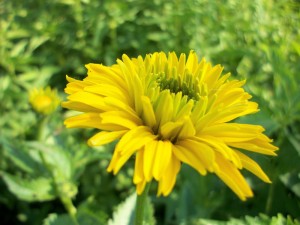
I’m always adding perennials to the garden. So far this year I’ve planted Russian sage, baptisia and phlox. I need more daylilies and I never tire of rudbeckia and cone flowers which effortlessly spread throughout the gardens and make the songbirds happy with their seed-heads.
I plant for color, interest and texture in the landscape as well as for cut-flowers. Most perennials do well in the vase and perennials such as sea lavender and yarrow are great for drying. I like to use the dried blooms mixed with greens in wreaths, garlands and arrangements at Christmas time. They also look great in autumn centerpieces and displays.
On its website, “Better Homes and Gardens” magazine lists top new sun-loving perennials for 2014, most of which sound very interesting. Several new varieties of coneflowers are listed including “Cheyenne Spirit” which reportedly produces “armloads” of purple, pink, orange, yellow and white flowers the first year from seed.
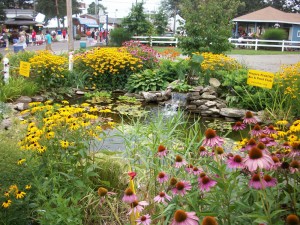
“SuperBlue” lavender flowers all summer and can tolerate winter temps as low as 30 degrees below zero – a very attractive trait, as I lost much of my lavender planting during this past winter. “Red Satin” coreopsis has deep, wine-red flowers which are sure to call attention in the landscape and “Cinderella” anemone has charming pink flowers with yellow centers on compact plants which bloom in late summer.
I know I’ll be celebrating perennials long after the month of June has ended. I’m grateful for these hard-working plants which add so much to the landscape and bring so much pleasure to the growing season.
Photos by K. Gabalski


